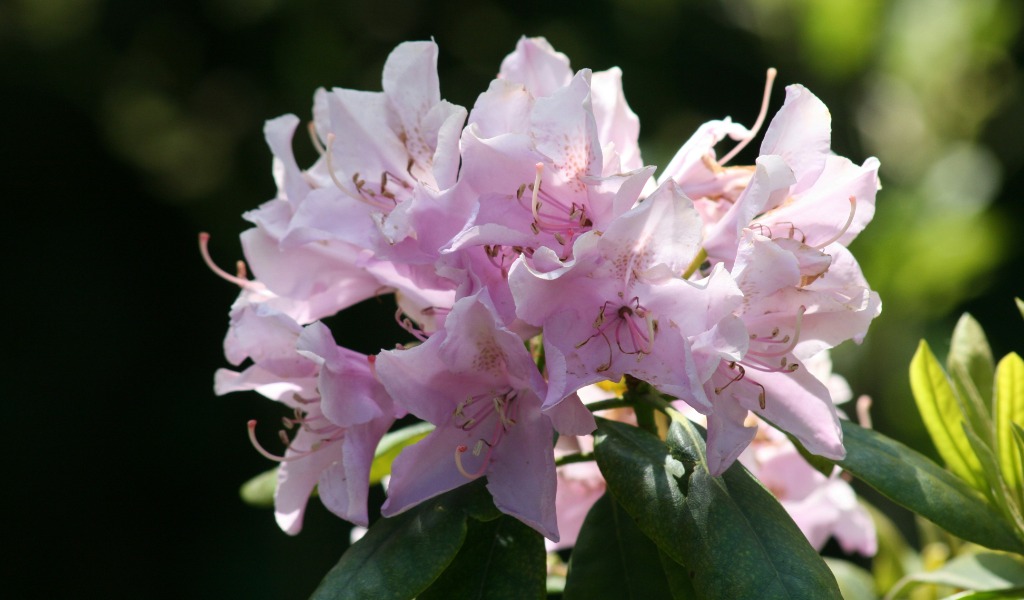A spectacular symbol of spring, azaleas are a popular flower in many Southern gardens. These stunning delicate flowers are not only aesthetically pleasing but they thrive in humid conditions, something our hometown of Houston is known for.
The Azalea Trail, for example, is a popular biennial event hosted by the River Oaks Garden Club. First organized in the 1920s, this long-standing tradition began as a “pilgrimage” of stunning gardens, introducing residents to the beauty of these non-native plants. Today, the event draws visitors from near and far for a weekend dedicated to educating the public about horticulture, architecture and flower arranging.
Azaleas belong to the Rhododendron genus and are available in a wide variety of species and hybrids, including evergreen and spring-blooming varieties. This allows homeowners and gardeners to select from a range of colors, sizes and seasonal blooms to best meet the needs of the landscaping vision. At Prewett, Read & Associates, we help our clients throughout Houston and the surrounding area care for azaleas to ensure healthy blooms fill their garden. In this article, we’ll take a closer look at the essential steps for caring for these beautiful flowers.
Planting Azaleas
Early spring is the best time of year to plant evergreen azaleas. A professional landscape architect or maintenance professional can help you determine the right timing based on seasonal weather conditions, as well as the soil conditions and site selection. Professionals can also help you select the best varieties to achieve your landscaping goals. For example, some varieties such as G. G. Gerbing and George Tabor, thrive in light to moderate shade rather than extended direct sunlight.
Preparing the Site & Soil
Azaleas prefer to grow in moist, acidic soil with a pH balance between 4.5 to 5.5. Conducting a soil test at the selected site is essential to understanding not only the current pH level, but also what the nutrient makeup of the soil is. This will allow you to select the right fertilizer to ensure your flowers have the proper nutrients for healthy growth.
Mulching & Watering
Mulch can be used to help maintain proper acidity in the soil, as well as used to protect your flowers. Made from a mix of organic matter, mulch helps protect plants by slowing evaporation and providing insulation against high heat. While proper irrigation is essential for all plants, azaleas prefer to have moist roots. Professional maintenance crews can help you devise a consistent watering schedule to ensure your plants get the right amount of water to keep the roots healthy.
Pruning & Deadheading
To keep your azaleas looking their best, they need to be pruned and deadheaded to remove dead, damaged or otherwise unsightly branches and blooms. This is a critical step that helps ensure the plant’s nutrients are supporting healthy growth. Trimming away unwanted branches also allows you to help shape the plant’s growth, providing a more aesthetically pleasing garden addition.
In Conclusion
If you’re curious about adding these eye-catching, humidity-loving blooms to your landscape, let us know. Our team of landscape architects and maintenance professionals are skilled at bringing life to design throughout the Houston region. We can help you identify the best site, test the soil and develop a plan to add this gorgeous plan to your property.


